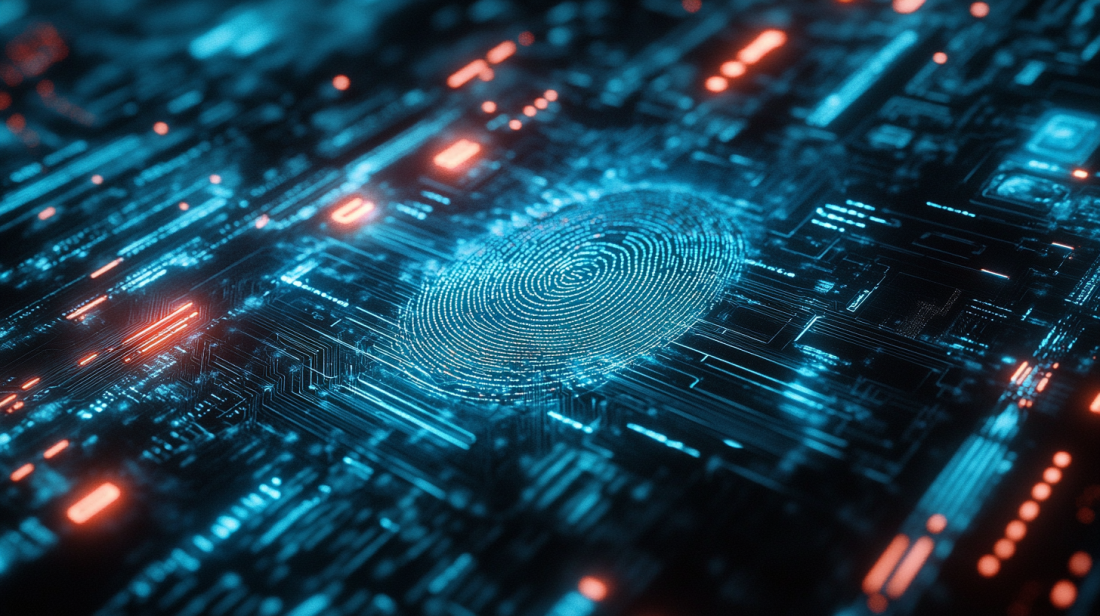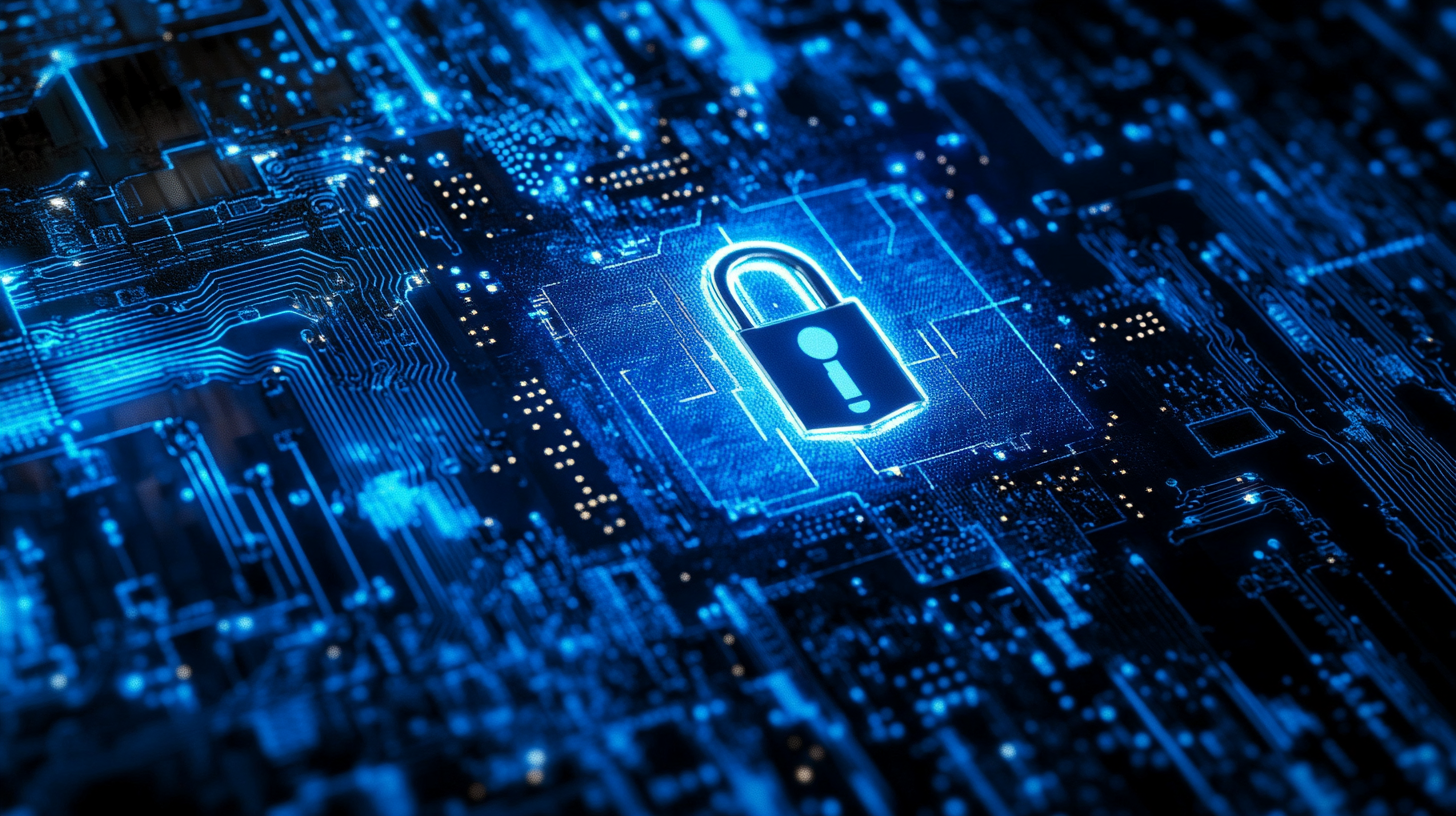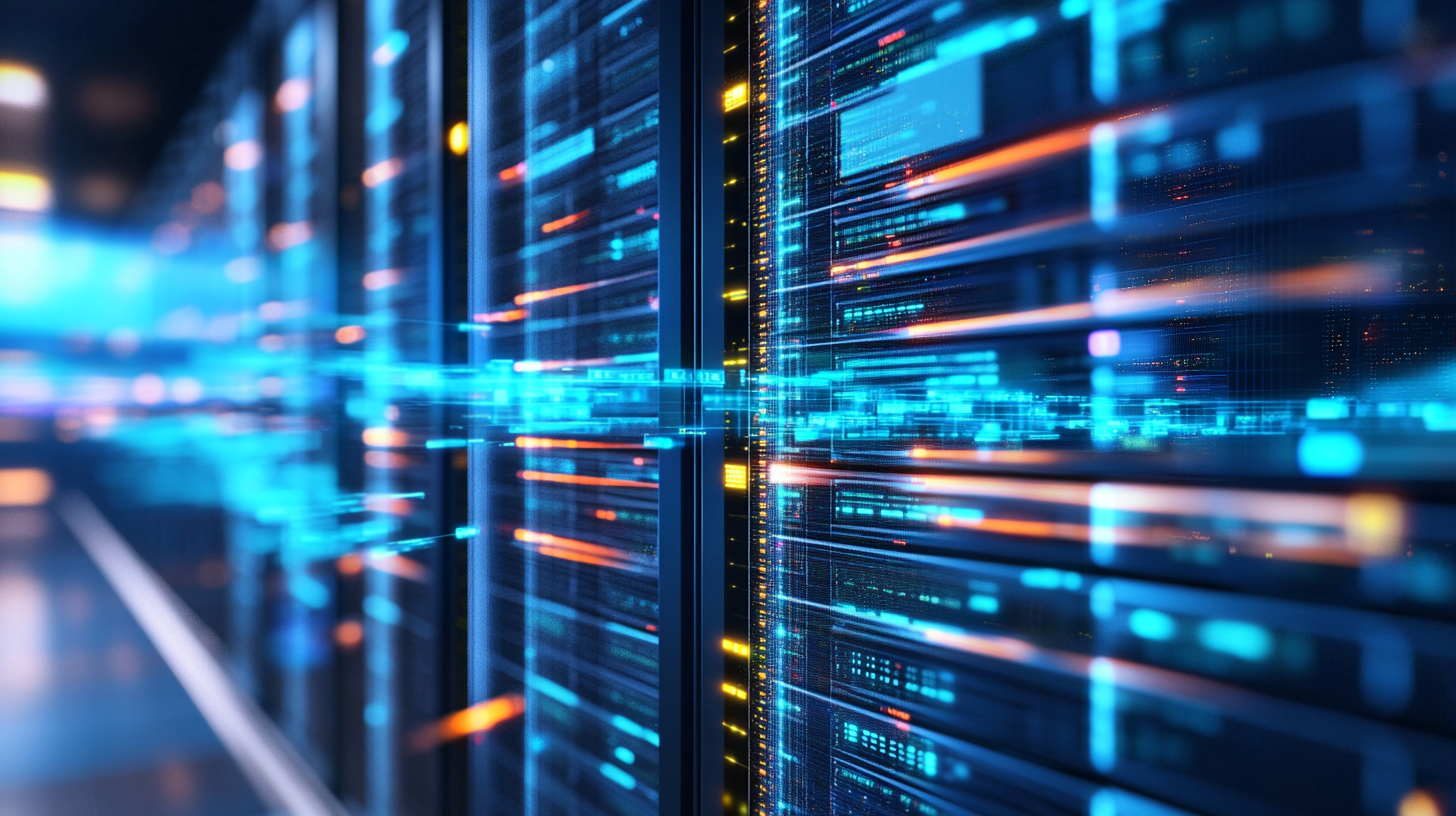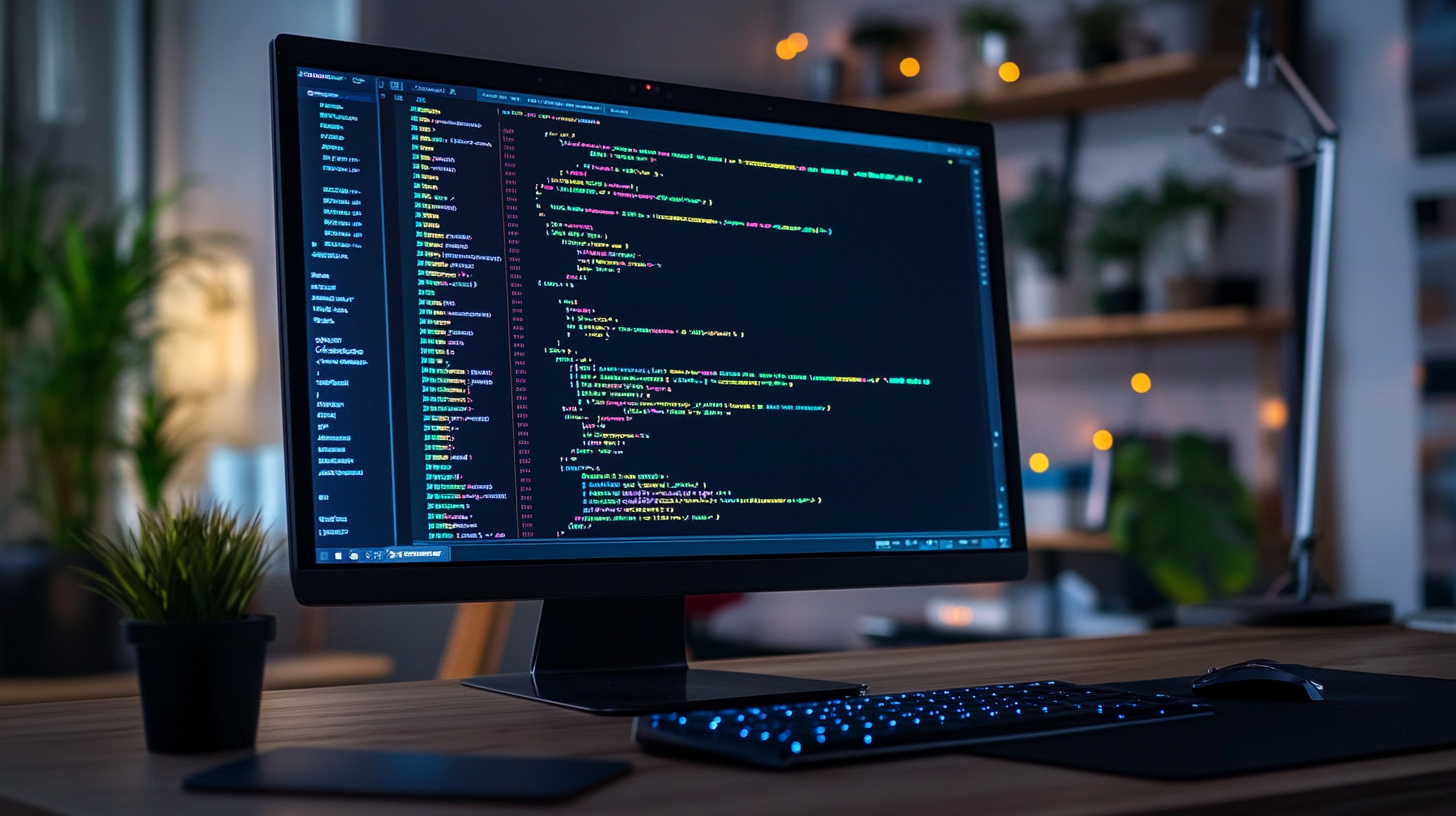
In the rapidly evolving field of computer forensics, artificial intelligence (AI) is proving to be a game-changer. With digital devices at the heart of nearly every crime scene—from cyberattacks to traditional crimes—the need for quick, efficient, and accurate data analysis has never been more critical. AI is stepping up, transforming the landscape of digital investigations with remarkable capabilities.
Automating Tedious Processes
AI’s ability to automate is perhaps its most significant contribution to computer forensics. Traditional methods of sifting through data are not just time-consuming; they are also prone to human error. AI changes this dynamic by deploying algorithms capable of processing vast volumes of data swiftly and accurately. These algorithms can detect anomalies and patterns that might take human analysts days—or even be overlooked entirely.
For instance, in email fraud investigations, AI systems use machine learning to identify phishing attempts with a high degree of accuracy. By recognizing suspicious links, unusual sender information, or malicious attachments, AI tools are becoming indispensable in the forensic toolkit.
Mastering Image and Video Analysis with Deep Learning
Deep learning, a sophisticated form of AI, has made significant strides in image and video analysis. In computer forensics, these capabilities are critical, especially in sensitive and high-stakes cases such as child exploitation or security breach incidents. Neural networks can now identify and categorize visual data at unprecedented speeds, aiding in quicker resolutions and sparing human investigators from the psychological toll of screening disturbing content.
An example of this technology in action is seen in the tools developed by the tech non-profit Thorn. These tools leverage AI to efficiently scan through terabytes of images and videos, flagging illegal content and helping law enforcement save crucial investigative hours and protect vulnerable victims.
Predicting the Unpredictable
Beyond analysis, AI is pioneering predictive forensics, a discipline that uses data from past incidents to forecast future threats. This proactive approach is vital for preemptive defense strategies. Cybersecurity firms often utilize AI to simulate attacks on networks, identifying potential vulnerabilities before they can be exploited by malicious actors.
Navigating Challenges
However, the integration of AI into forensic practices is not without its challenges. Issues such as algorithmic bias and the necessity for vast, diverse datasets for training are ongoing concerns. Moreover, the legal implications of AI-assisted evidence—such as the standards for admissibility in court—are still being debated.
Looking Ahead
As AI technology continues to evolve, its influence on computer forensics will likely grow, reshaping how investigations are conducted. The potential for AI to not only speed up but also enhance the accuracy of digital investigations promises a new era in forensic science.
In conclusion, AI’s impact on computer forensics is profound, offering both transformative benefits and new challenges. As we look to the future, the role of AI in this field will be crucial in navigating the complexities of an increasingly digital world, making it an essential tool in the quest for justice in the digital age.







